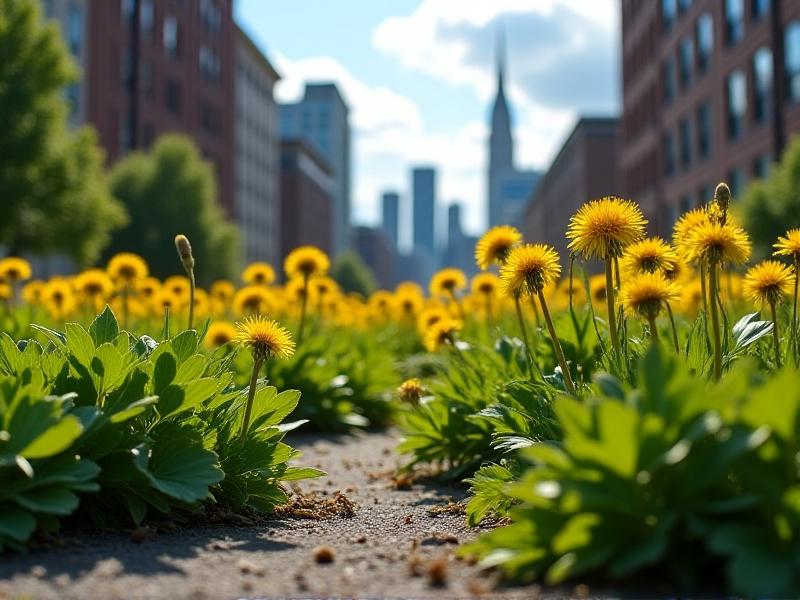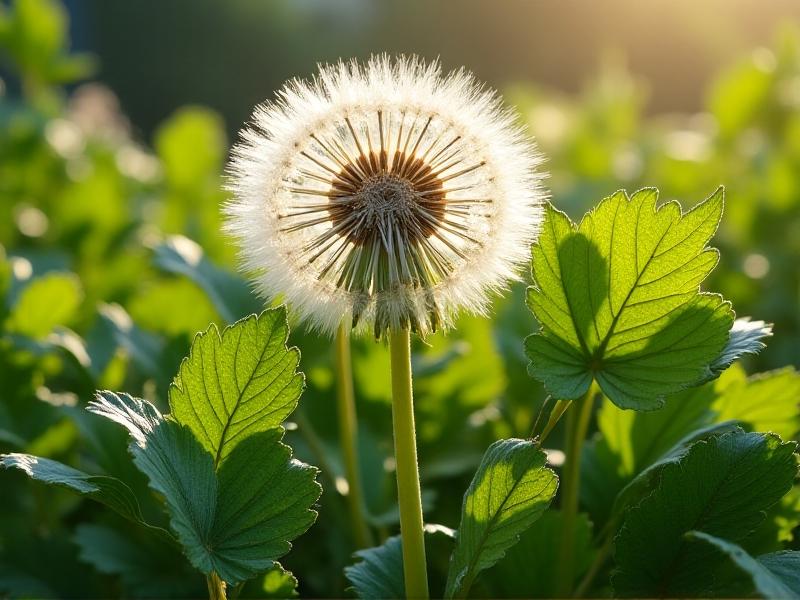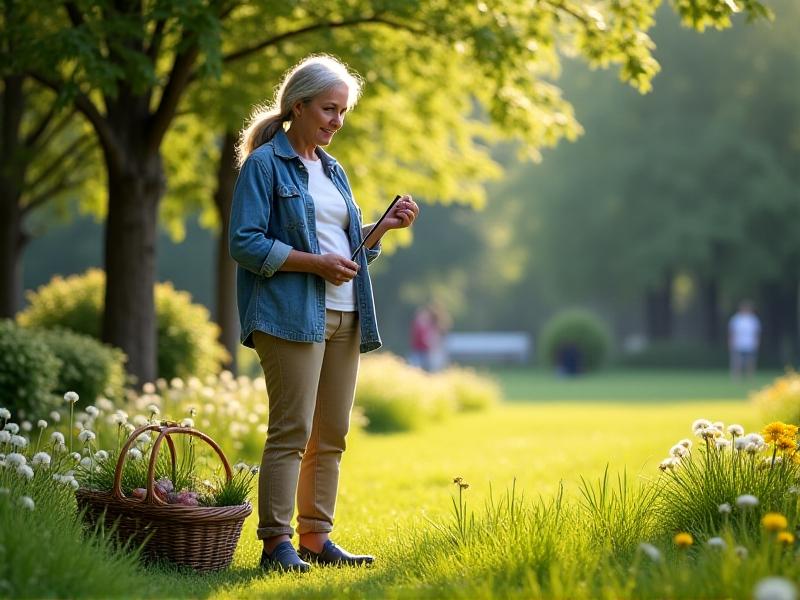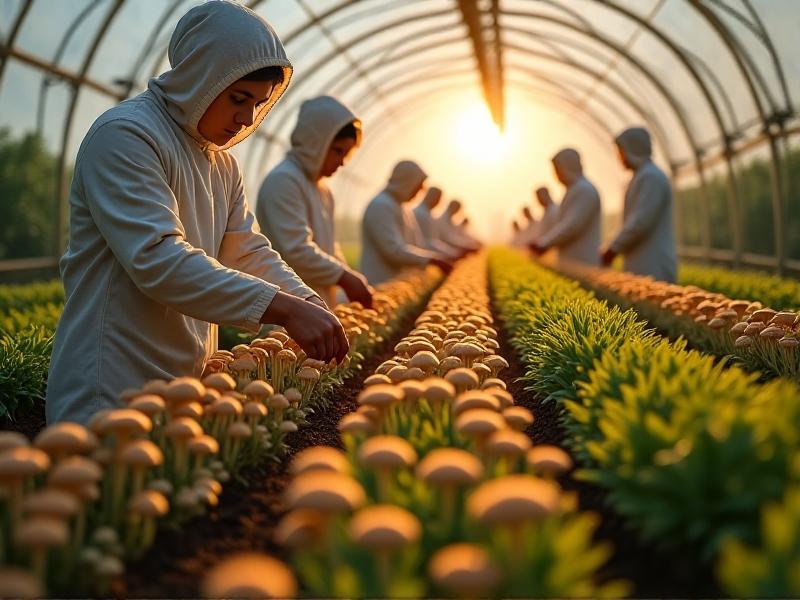Harvesting Urban Weeds: Best Practices for Safe Consumption
Introduction to Urban Weeds: What Are They and Why Harvest Them?
Urban weeds, often dismissed as mere nuisances, are actually a treasure trove of nutrition and medicinal benefits. These hardy plants thrive in the cracks of sidewalks, abandoned lots, and even your backyard. But what exactly are urban weeds? They are wild plants that grow spontaneously in urban environments, often without human intervention. Common examples include dandelions, purslane, and plantain.
Harvesting urban weeds is not just about foraging; it’s about reconnecting with nature and understanding the resilience of these plants. They are often more nutritious than cultivated vegetables, packed with vitamins, minerals, and antioxidants. Moreover, they are free, sustainable, and require no pesticides or fertilizers. By learning to identify and safely consume urban weeds, you can turn these overlooked plants into a valuable addition to your diet.

Identifying Edible Urban Weeds: A Beginner’s Guide
Before you start harvesting, it’s crucial to correctly identify edible urban weeds. Misidentification can lead to consuming toxic plants, which can be dangerous or even fatal. Start by familiarizing yourself with a few common edible weeds. Dandelions, for instance, are easily recognizable by their bright yellow flowers and jagged leaves. Purslane has succulent, paddle-shaped leaves and small yellow flowers.
Use reliable field guides or apps to help with identification. Look for key characteristics such as leaf shape, flower color, and growth patterns. Always cross-reference multiple sources to ensure accuracy. If you’re unsure, consult an expert or join a local foraging group. Remember, when in doubt, it’s better to leave the plant alone.

Safety First: How to Harvest Urban Weeds Without Risk
Safety is paramount when harvesting urban weeds. Avoid areas that may be contaminated with pollutants, such as roadsides, industrial sites, or places where pesticides are used. Instead, focus on clean, unpolluted areas like parks, gardens, or your own backyard. Always wash your hands and tools before and after harvesting to prevent contamination.
When picking weeds, use clean, sharp scissors or a knife to avoid damaging the plant. Harvest only what you need, leaving enough for the plant to regenerate. Be mindful of the environment and avoid disturbing wildlife. After harvesting, thoroughly wash the weeds in clean water to remove dirt, insects, and any residual pollutants. If possible, soak them in a vinegar solution for extra cleaning.

Preparing Urban Weeds for Consumption: Cleaning and Cooking Tips
Once you’ve harvested your urban weeds, the next step is preparing them for consumption. Start by thoroughly cleaning the plants to remove any dirt, insects, or contaminants. Soak them in a mixture of water and vinegar for about 10 minutes, then rinse under cold running water. Pat them dry with a clean towel or use a salad spinner.
Urban weeds can be eaten raw or cooked, depending on the plant and your preference. Dandelion leaves make a great addition to salads, while purslane can be sautéed or added to soups. Plantain leaves can be used in teas or as a wrap for cooking. Experiment with different recipes to find what you enjoy. Remember to start with small quantities to see how your body reacts, especially if you’re new to foraging.
Nutritional Benefits of Urban Weeds: Why They’re Worth the Effort
Urban weeds are not just free food; they’re nutritional powerhouses. Dandelion greens, for example, are rich in vitamins A, C, and K, as well as calcium, iron, and antioxidants. Purslane is one of the few plant sources of omega-3 fatty acids, making it a great addition to a plant-based diet. Plantain leaves are known for their anti-inflammatory and wound-healing properties.
Incorporating urban weeds into your diet can boost your immune system, improve digestion, and provide essential nutrients that may be lacking in conventional produce. They are also low in calories and high in fiber, making them a healthy choice for weight management. By harvesting and consuming urban weeds, you’re not just nourishing your body; you’re also supporting a more sustainable and resilient food system.
Ethical Foraging: Respecting Nature and Urban Spaces
Foraging for urban weeds comes with a responsibility to respect both nature and the urban environment. Always forage sustainably by taking only what you need and leaving enough for the plant to regenerate. Avoid harvesting from protected or private areas without permission. Be mindful of the impact your foraging may have on local ecosystems and wildlife.
Share your knowledge with others and encourage ethical foraging practices. Consider joining or supporting local foraging groups that promote sustainable harvesting. By foraging responsibly, you can enjoy the benefits of urban weeds while preserving the environment for future generations.
Creative Recipes: Incorporating Urban Weeds into Your Meals
Urban weeds can be incredibly versatile in the kitchen. Try adding dandelion greens to your morning smoothie for a nutrient boost. Purslane can be used in place of spinach in quiches or omelets. Plantain leaves can be blended into pesto or used as a wrap for grilling vegetables. The possibilities are endless, and experimenting with new recipes can make foraging even more rewarding.
Here’s a simple recipe to get you started: Dandelion and Purslane Salad. Mix fresh dandelion greens and purslane with cherry tomatoes, cucumber, and a light vinaigrette. Top with toasted nuts or seeds for added crunch. This salad is not only delicious but also packed with nutrients. Get creative and see how urban weeds can transform your meals.
Urban Weeds as Medicine: Traditional and Modern Uses
Urban weeds have been used for centuries in traditional medicine for their healing properties. Dandelion root, for example, is known for its liver-detoxifying effects. Plantain leaves have been used to treat wounds, insect bites, and skin irritations. Purslane is valued for its anti-inflammatory and antioxidant properties.
Modern research is beginning to validate many of these traditional uses. Studies have shown that compounds found in urban weeds can have significant health benefits, from reducing inflammation to supporting heart health. Incorporating these plants into your diet can be a natural way to support your overall well-being. Always consult with a healthcare professional before using any plant for medicinal purposes.
Building a Community Around Urban Foraging
Urban foraging can be a solitary activity, but it’s also a great way to build community. Join local foraging groups or organize foraging walks in your neighborhood. Share your knowledge and experiences with others, and learn from their expertise as well. Building a community around urban foraging can create a support network for sustainable practices and shared resources.
Consider starting a community garden where you can grow and harvest urban weeds together. This not only provides a source of fresh, nutritious food but also strengthens community bonds. By working together, you can create a more sustainable and resilient urban food system that benefits everyone.
Conclusion: Embracing the Potential of Urban Weeds
Urban weeds are more than just unwanted plants; they are a valuable resource that can enhance your diet, health, and connection to nature. By learning to identify, harvest, and prepare these plants safely, you can unlock their potential and enjoy their many benefits. Whether you’re a seasoned forager or a curious beginner, there’s always something new to discover in the world of urban weeds.
As you embark on your foraging journey, remember to forage responsibly, respect the environment, and share your knowledge with others. By embracing the potential of urban weeds, you can contribute to a more sustainable and resilient food system, one weed at a time.






